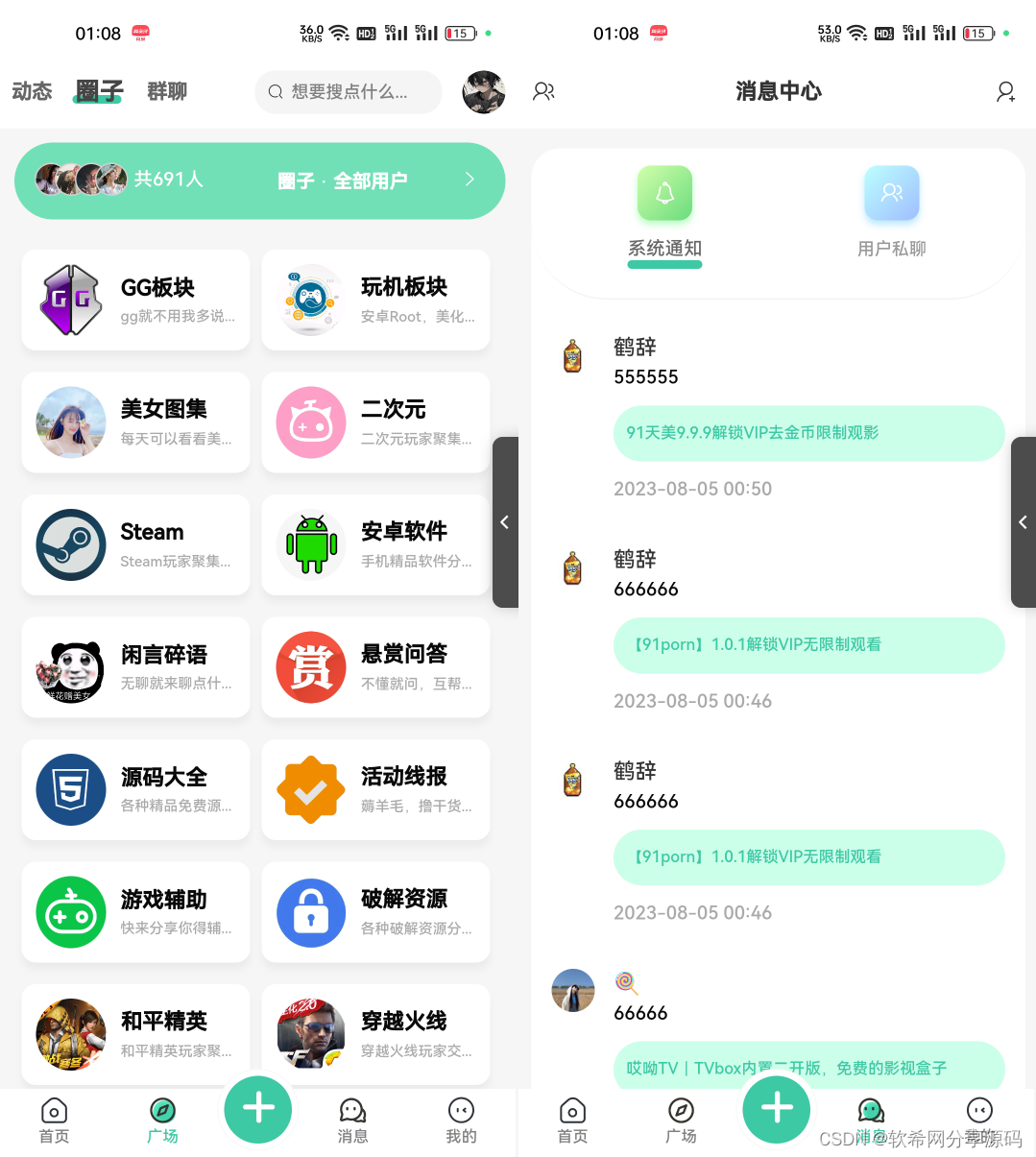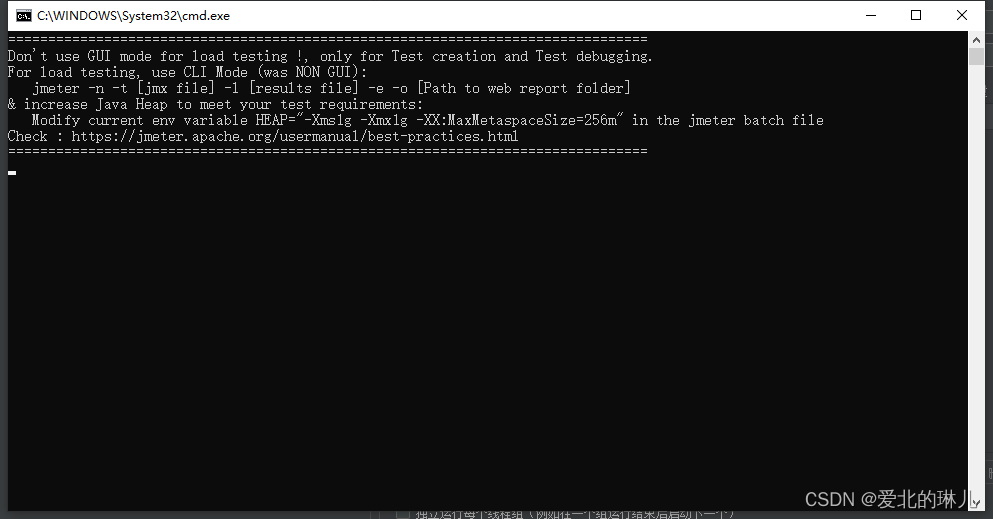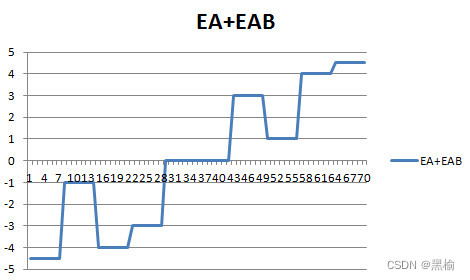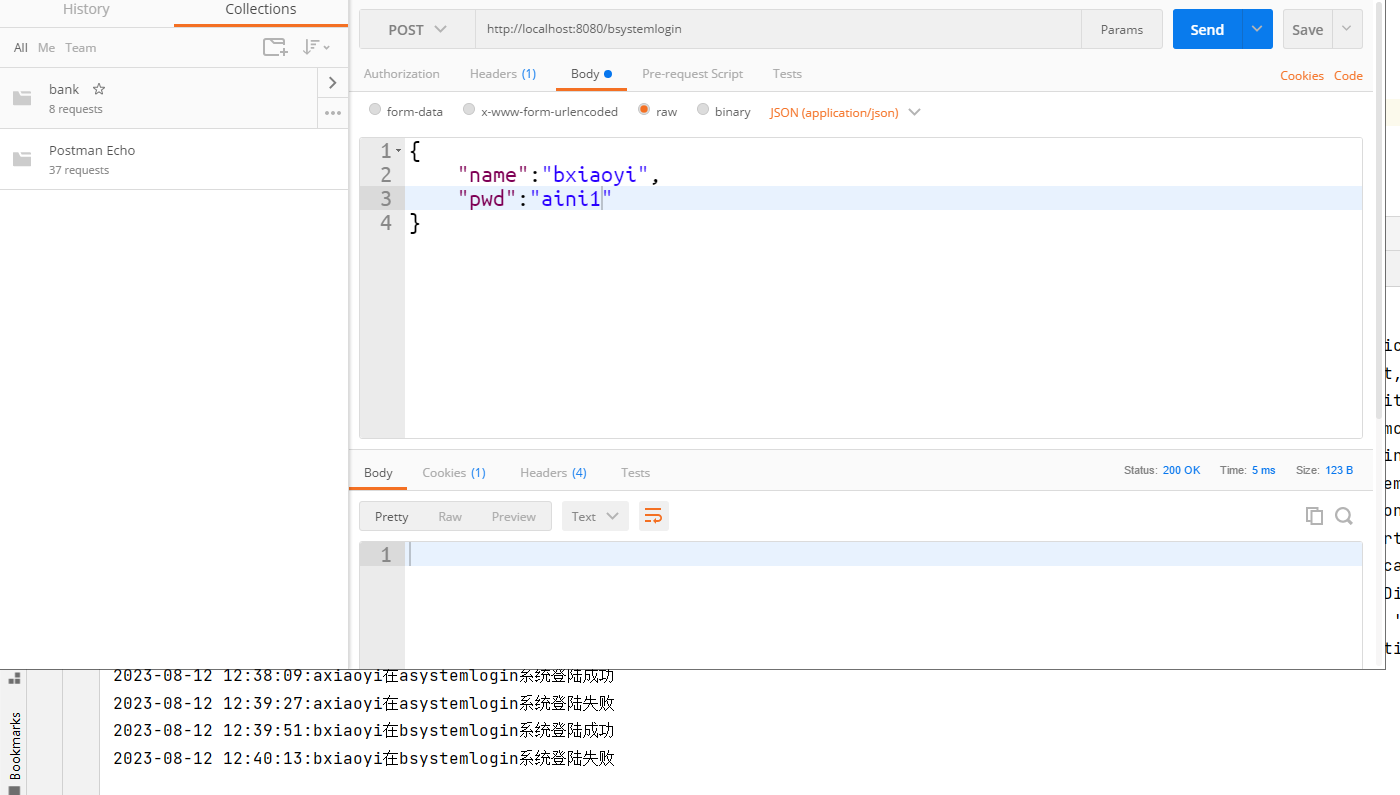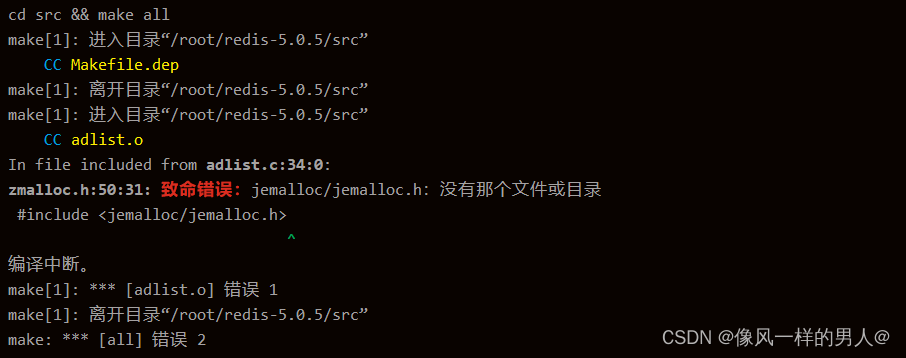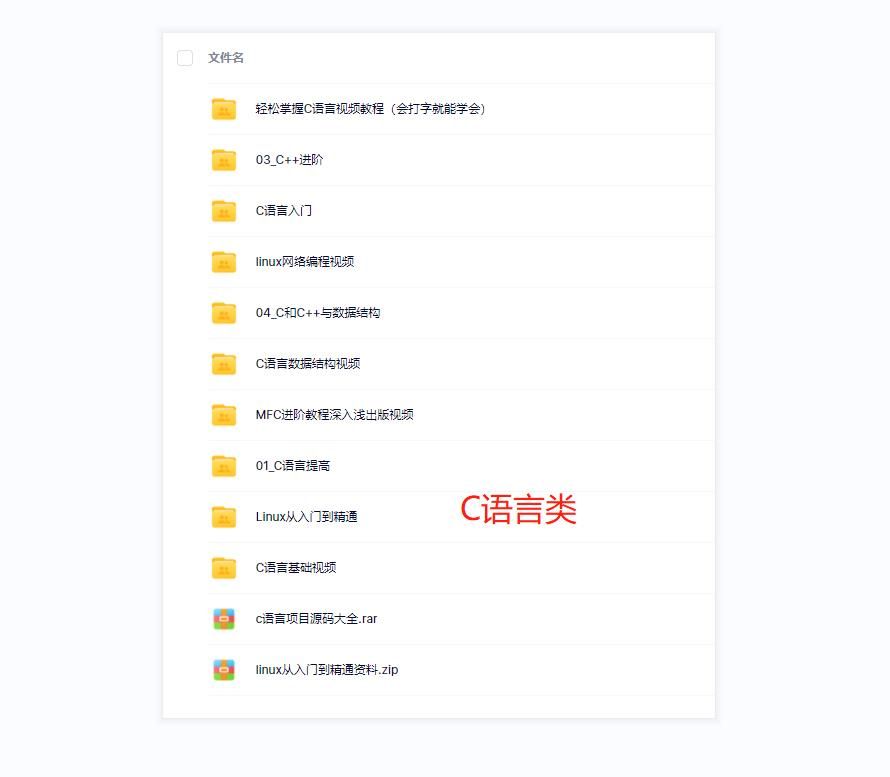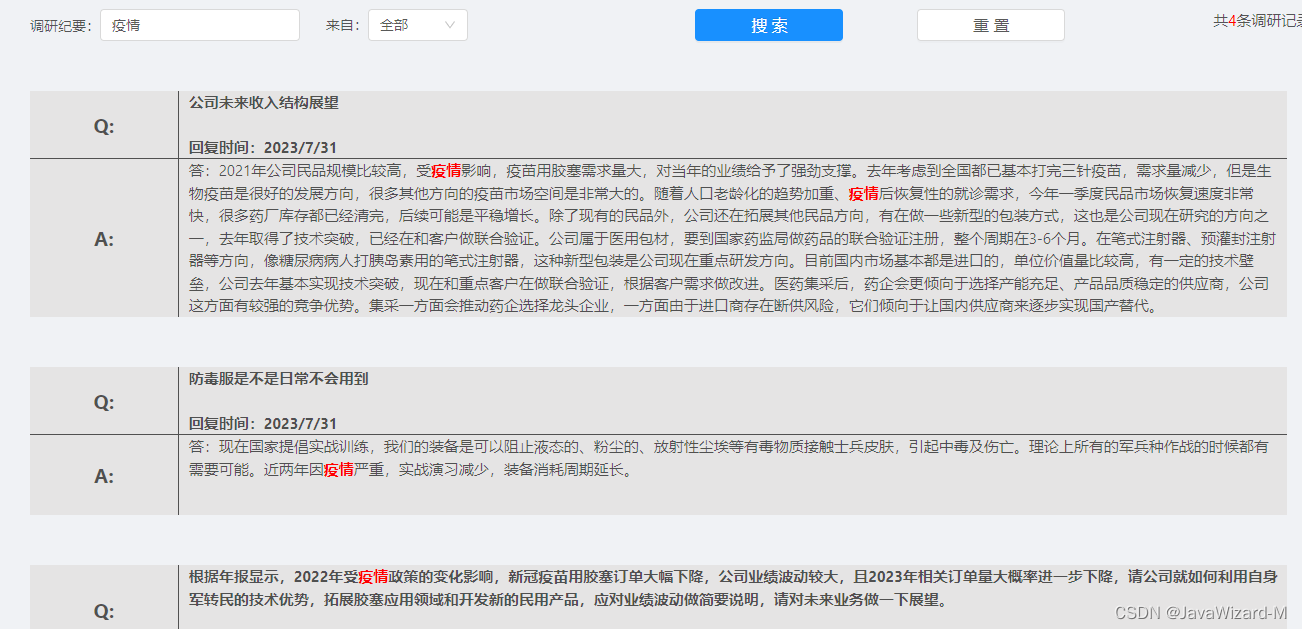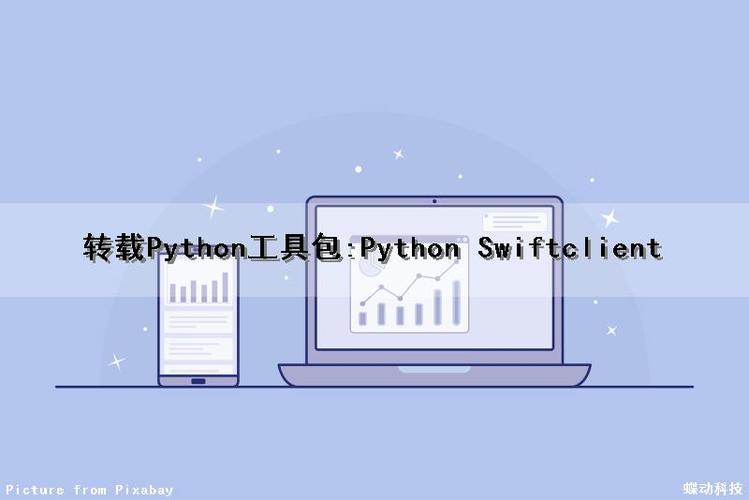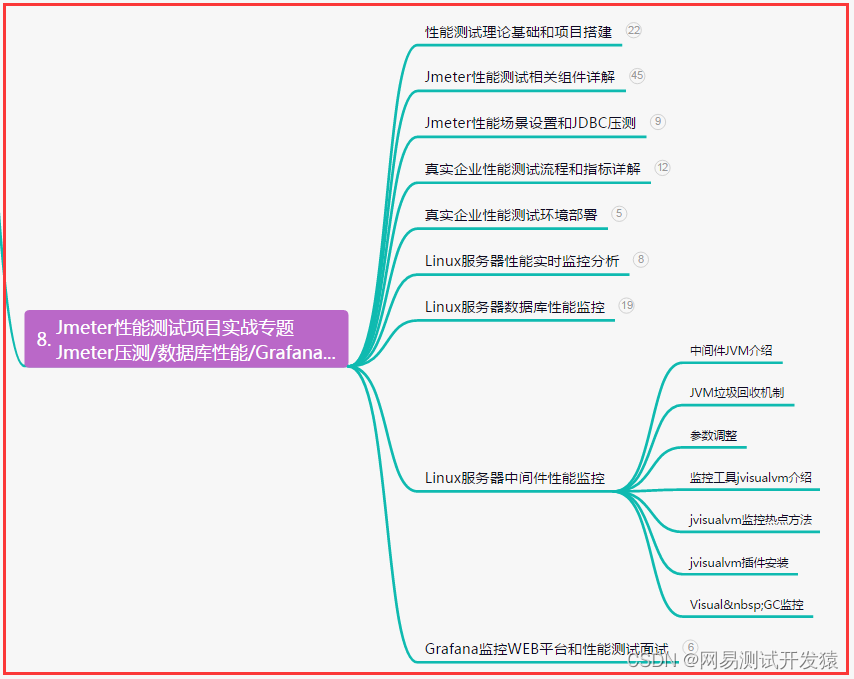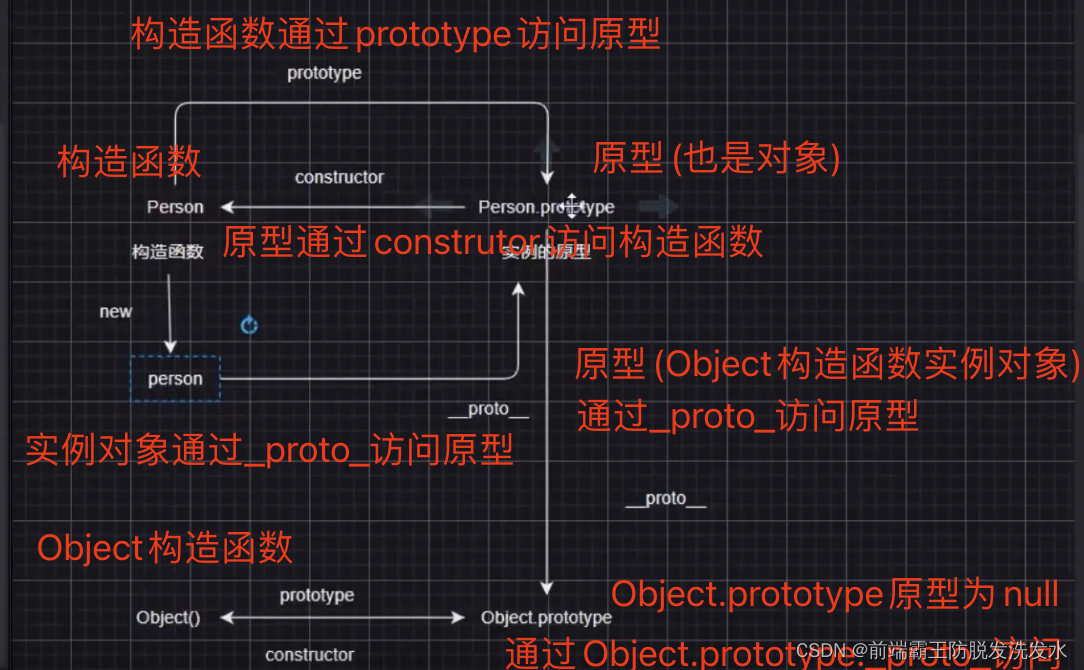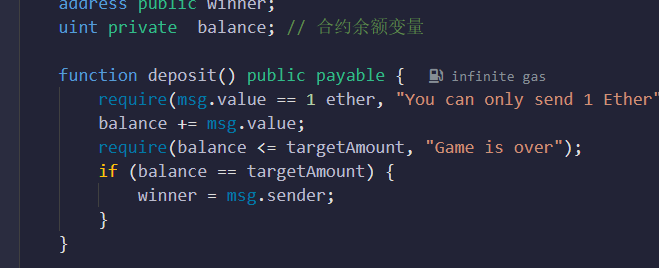前两篇文章介绍了加载过程,本文从Feign的入口开始分析执行过程,还是从FeignBlockingLoadBalancerClient.execute来入手
public class FeignBlockingLoadBalancerClient implements Client {private static final Log LOG = LogFactory.getLog(FeignBlockingLoadBalancerClient.class);private final Client delegate;private final LoadBalancerClient loadBalancerClient;private final LoadBalancerClientFactory loadBalancerClientFactory;@Overridepublic Response execute(Request request, Request.Options options) throws IOException {//请求路径final URI originalUri = URI.create(request.url());//获取到要调用的服务idString serviceId = originalUri.getHost();DefaultRequest<RequestDataContext> lbRequest = new DefaultRequest<>(new RequestDataContext(buildRequestData(request), hint));//在这步创建了每个服务的子容器 Set<LoadBalancerLifecycle> supportedLifecycleProcessors = LoadBalancerLifecycleValidator.getSupportedLifecycleProcessors(//在这步创建了每个服务的子容器loadBalancerClientFactory.getInstances(serviceId, LoadBalancerLifecycle.class),RequestDataContext.class, ResponseData.class, ServiceInstance.class);supportedLifecycleProcessors.forEach(lifecycle -> lifecycle.onStart(lbRequest)); //执行loadBalancer的负载均衡策略,返回将过滤后的服务,非常重要ServiceInstance instance = loadBalancerClient.choose(serviceId, lbRequest);org.springframework.cloud.client.loadbalancer.Response<ServiceInstance> lbResponse = new DefaultResponse(instance);//省略...//将ServiceInstance进行解析后,转换为真正的http方式进行远程调用服务String reconstructedUrl = loadBalancerClient.reconstructURI(instance, originalUri).toString();Request newRequest = buildRequest(request, reconstructedUrl);LoadBalancerProperties loadBalancerProperties = loadBalancerClientFactory.getProperties(serviceId);return executeWithLoadBalancerLifecycleProcessing(delegate, options, newRequest, lbRequest, lbResponse,supportedLifecycleProcessors, loadBalancerProperties.isUseRawStatusCodeInResponseData());}protected Request buildRequest(Request request, String reconstructedUrl) {return Request.create(request.httpMethod(), reconstructedUrl, request.headers(), request.body(),request.charset(), request.requestTemplate());}private String getHint(String serviceId) {LoadBalancerProperties properties = loadBalancerClientFactory.getProperties(serviceId);String defaultHint = properties.getHint().getOrDefault("default", "default");String hintPropertyValue = properties.getHint().get(serviceId);return hintPropertyValue != null ? hintPropertyValue : defaultHint;}}
loadBalancerClientFactory.getInstances(serviceId, LoadBalancerLifecycle.class)
在这步是创建了每个服务的负载均衡子容器,loadBalancerClientFactory的生成过程在上篇文章已经分析了,这里getInstances实际调用的是父类NamedContextFactory
NamedContextFactory.getInstances
public <T> Map<String, T> getInstances(String name, Class<T> type) {AnnotationConfigApplicationContext context = getContext(name);return BeanFactoryUtils.beansOfTypeIncludingAncestors(context, type);
}
NamedContextFactory.getContext
protected AnnotationConfigApplicationContext getContext(String name) {if (!this.contexts.containsKey(name)) {synchronized (this.contexts) {if (!this.contexts.containsKey(name)) {//创建子容器,name为服务名 value为容器this.contexts.put(name, createContext(name));}}}return this.contexts.get(name);
}
NamedContextFactory.createContext
protected AnnotationConfigApplicationContext createContext(String name) {AnnotationConfigApplicationContext context;//创建容器if (this.parent != null) {DefaultListableBeanFactory beanFactory = new DefaultListableBeanFactory();if (parent instanceof ConfigurableApplicationContext) {beanFactory.setBeanClassLoader(((ConfigurableApplicationContext) parent).getBeanFactory().getBeanClassLoader());}else {beanFactory.setBeanClassLoader(parent.getClassLoader());}context = new AnnotationConfigApplicationContext(beanFactory);context.setClassLoader(this.parent.getClassLoader());}else {context = new AnnotationConfigApplicationContext();}//configurations就是LoadBalancerClientSpecification类型的LoadBalancerAutoConfiguration和BlockingLoadBalancerClientAutoConfiguration//这里是将@LoadBalancerClient对应的负载均衡配置注册到对应的容器中//由以上可知通过此步我们可以使用@LoadBalancerClient自定义负载均衡策略//如果不自定义的话,这里为falseif (this.configurations.containsKey(name)) {for (Class<?> configuration : this.configurations.get(name).getConfiguration()) {context.register(configuration);}}//这时的configurations中会有LoadBalancerClientSpecification类型的LoadBalancerAutoConfiguration和BlockingLoadBalancerClientAutoConfigurationfor (Map.Entry<String, C> entry : this.configurations.entrySet()) {if (entry.getKey().startsWith("default.")) {//不会进去for循环体,因为LoadBalancerAutoConfiguration和BlockingLoadBalancerClientAutoConfiguration//包装成LoadBalancerClientSpecification后entry.getValue().getConfiguration()没有值for (Class<?> configuration : entry.getValue().getConfiguration()) {context.register(configuration);}}}//defaultConfigType就是LoadBalancerClientConfiguration,在子类LoadBalancerClientFactory的构造方法传入//在刚才分析LoadBalancerClientFactory的时候介绍过context.register(PropertyPlaceholderAutoConfiguration.class, this.defaultConfigType);context.getEnvironment().getPropertySources().addFirst(new MapPropertySource(this.propertySourceName,Collections.<String, Object>singletonMap(this.propertyName, name)));//将父容器添加进去if (this.parent != null) {// Uses Environment from parent as well as beanscontext.setParent(this.parent);}context.setDisplayName(generateDisplayName(name));context.refresh();return context;
}
重点:
可以看到当每个服务创建子容器后,LoadBalancerAutoConfiguration、BlockingLoadBalancerClientAutoConfiguration、LoadBalancerClientConfiguration这三个非常重要的装配配置类都注册到了每个子容器中
服务的子容器创建完成后,下面就开始执行负载均衡的流程了
BlockingLoadBalancerClient.choose
public <T> ServiceInstance choose(String serviceId, Request<T> request) {//获取负载均衡器ReactiveLoadBalancer<ServiceInstance> loadBalancer = loadBalancerClientFactory.getInstance(serviceId);if (loadBalancer == null) {return null;}Response<ServiceInstance> loadBalancerResponse = Mono.from(loadBalancer.choose(request)).block();if (loadBalancerResponse == null) {return null;}return loadBalancerResponse.getServer();
}
loadBalancerClientFactory.getInstance(serviceId)
public ReactiveLoadBalancer<ServiceInstance> getInstance(String serviceId) {return getInstance(serviceId, ReactorServiceInstanceLoadBalancer.class);
}
这时的getInstance调用的是父类NamedContextFactory.getInstance
NamedContextFactory.getInstance
public <T> T getInstance(String name, Class<T> type) {AnnotationConfigApplicationContext context = getContext(name);try {return context.getBean(type);}catch (NoSuchBeanDefinitionException e) {// ignore}return null;
}
protected AnnotationConfigApplicationContext getContext(String name) {if (!this.contexts.containsKey(name)) {synchronized (this.contexts) {if (!this.contexts.containsKey(name)) {this.contexts.put(name, createContext(name));}}}return this.contexts.get(name);
}
刚才介绍了,在BlockingLoadBalancerClient.choose执行之前,子容器已经创建完毕,这里就执行返回
容器返回后,获取ReactorServiceInstanceLoadBalancer类型的对象,此类型的对象就是在LoadBalancerClientConfiguration创建的,我们再看一眼
@Configuration(proxyBeanMethods = false)
@ConditionalOnDiscoveryEnabled
public class LoadBalancerClientConfiguration {private static final int REACTIVE_SERVICE_INSTANCE_SUPPLIER_ORDER = 193827465;@Bean@ConditionalOnMissingBeanpublic ReactorLoadBalancer<ServiceInstance> reactorServiceInstanceLoadBalancer(Environment environment,LoadBalancerClientFactory loadBalancerClientFactory) {String name = environment.getProperty(LoadBalancerClientFactory.PROPERTY_NAME);return new RoundRobinLoadBalancer(loadBalancerClientFactory.getLazyProvider(name, ServiceInstanceListSupplier.class), name);}//省略
}
RoundRobinLoadBalancer结构图
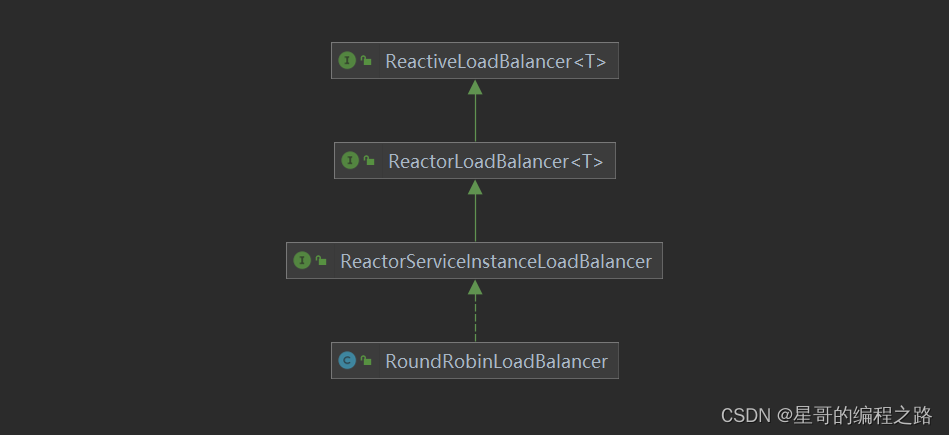
所以loadBalancerClientFactory.getInstance(serviceId)返回的就是RoundRobinLoadBalancer,然后就会调用此策略进行执行
RoundRobinLoadBalancer.choose
public Mono<Response<ServiceInstance>> choose(Request request) {ServiceInstanceListSupplier supplier = serviceInstanceListSupplierProvider.getIfAvailable(NoopServiceInstanceListSupplier::new);return supplier.get(request).next().map(serviceInstances -> processInstanceResponse(supplier, serviceInstances));
}
serviceInstanceListSupplierProvider.getIfAvailable(NoopServiceInstanceListSupplier::new)就是获取注册中心的服务列表了processInstanceResponse执行具体的负载均衡策略
serviceInstanceListSupplierProvider
public T getIfAvailable(Supplier<T> defaultSupplier) throws BeansException {return delegate().getIfAvailable(defaultSupplier);
}default T getIfAvailable(Supplier<T> defaultSupplier) throws BeansException {T dependency = getIfAvailable();//dependency 的类型是CachingServiceInstanceListSupplierreturn (dependency != null ? dependency : defaultSupplier.get());
}
RoundRobinLoadBalancer.processInstanceResponse
private Response<ServiceInstance> processInstanceResponse(ServiceInstanceListSupplier supplier,List<ServiceInstance> serviceInstances) {//serviceInstances就是获取的服务列表了 //getInstanceResponse(serviceInstances)就是真正的负债均衡策略了Response<ServiceInstance> serviceInstanceResponse = getInstanceResponse(serviceInstances);if (supplier instanceof SelectedInstanceCallback && serviceInstanceResponse.hasServer()) {//((SelectedInstanceCallback) supplier).selectedServiceInstance(serviceInstanceResponse.getServer());}return serviceInstanceResponse;
}
RoundRobinLoadBalancer.getInstanceResponse
private Response<ServiceInstance> getInstanceResponse(List<ServiceInstance> instances) {if (instances.isEmpty()) {if (log.isWarnEnabled()) {log.warn("No servers available for service: " + serviceId);}return new EmptyResponse();}// Do not move position when there is only 1 instance, especially some suppliers// have already filtered instancesif (instances.size() == 1) {return new DefaultResponse(instances.get(0));}// Ignore the sign bit, this allows pos to loop sequentially from 0 to// Integer.MAX_VALUEint pos = this.position.incrementAndGet() & Integer.MAX_VALUE;ServiceInstance instance = instances.get(pos % instances.size());return new DefaultResponse(instance);
}
可以看到是轮训的策略
那么服务列表是怎么获取的呢,在下篇文章中我们回详细的分析
